We are going to share with you some of the things that we’ve learnt making many kinds of vegetable drinks with our Vegan Milker. It’s a learning process which has had many contributions from people all around the world.
Water temperature:

Each type of food has different nutritional benefits, and so do the drinks that we make. For example, drinks made with nuts have more density than drinks made with cereals like rice or wheat based cereals. However, oat drinks, like flax and chia, usually become gelatinous. And we could be here for hours explaining the different characteristics.
We prefer to summarise the basic information on how to work with different seeds/cereals/nuts, etc. We use:
HOT WATER:
Usually around 60ºC , and not more than 70ºC, for:
- Cereals (flakes or grains: rice, oat, spelt…)
- Hard little seeds: Hemp, sesame, quinoa…
Hot water helps to extract the substance from the seeds or grains used.
ROOM TEMPERATURE WATER:
- Nuts
- Tigernuts (herbak rizome)
- Pre-cooked leguminous plants, like soya or peanut
- Seeds: Flax and Chia.
All these seeds can also be blended with hot water, but this may reduce the shelf life of the drink (nuts) or cause them to thicken too much (chia, flax, etc.)
Ingredients:
An important tip: taste the seed before processing it in the plant milk. Sometimes it happens that it looks good but in reality it is oxidized and has a rancid taste. Pay attention to detail.
The nuts and seeds used can be toasted, with or without skin, salted… choosing the format depends on your taste.
Do the nuts and seeds have to be activated?
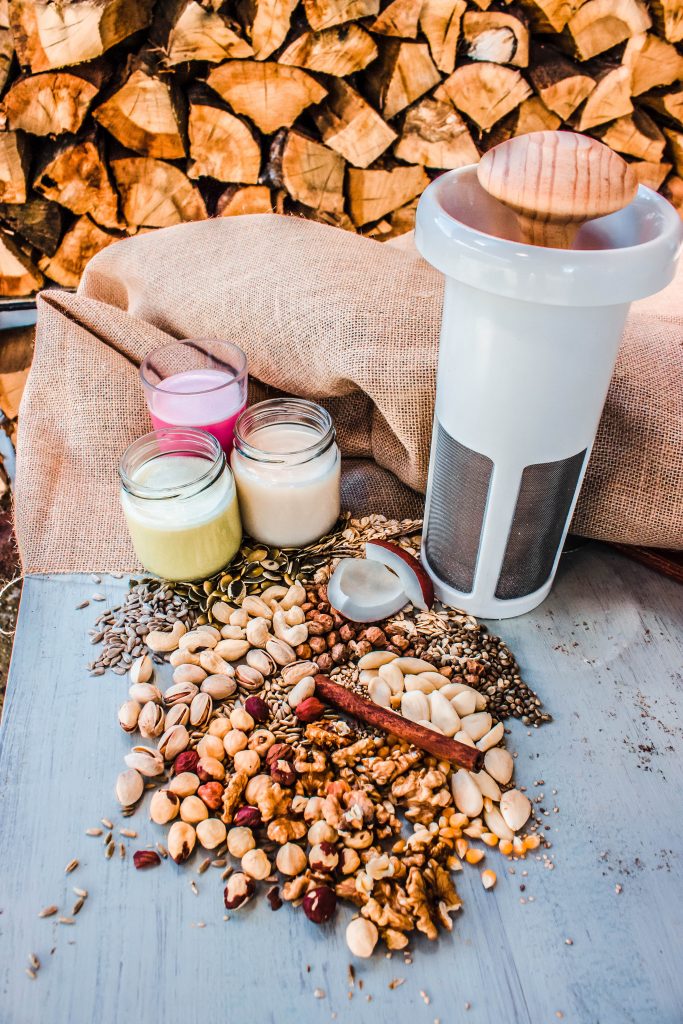
Seed “ activation ” is a concept that comes from the world of germination. To “activate” the seed means to lead it towards germination. The seed is exposed to the right humidity, light and temperature conditions so that it feels the need to germinate. At this moment, the seed unfolds its vitality to become a new plant.
Logically, only whole seeds, capable of generating life, can be “activated”: nuts in their shells, legumes, seeds in their shells, cereals’ whole grains, etc. However, many people speak of seed activation in reference to nuts that are already roasted or peeled, which are impossible to “ activate ”.
We have noticed that the word “ activating ” nuts is currently being used in the wrong way. They probably simply mean that the nuts should be “ soaked ” before preparing the milk or drink. After reading up on the subject, it is not clear to us that the nut has to be soaked beforehand. Did our ancestors soak the nut before eating it? Do you soak a nut before eating it?
Having clarified the issue of “activation”, let’s go to the general scheme to know how to treat each seed, cereal or nut in the preparation of plant milk.
We present a range of options that each user should customize based on their nutritional tendency: macrobiotic, vegan, raw…
In their natural state or roasted :
Nuts: roasted cashew nuts, walnuts, hazelnuts, pistachio nuts, macadamia nuts, etc.
In their natural state or in flaked (pressed):
Grain cereals (rice, spelt, oats…)
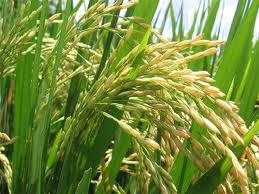
Soak* for 2 to 12 hours before preparing the drink:
Almond with peel (to minimize the anti-nutrients in the skin)
Tigernut
Hard-skinned seeds (sesame, quinoa, chia…)
White soybeans
Oat flakes (some currents recommend to soak the oat flakes prior to use)
Pre-cooking of the seeds White soybeans and whole grains:
They are cooked for about 30 minutes. The cooked grain is then used to prepare the relevant drink or milk.
*Soaking is a technique used to make the seed more digestive and easier to crush. If we do not have time for soaking, this step can be dispensed with in all cases except in the case of soybeans (because it is a legume).
All the seeds and nuts that it is recommended to hydrate before their use can also be ground previously and used in the form of flour.

How to manage the mixer:
When using the mixer, we use the lowest setting, we don’t need to use a lot of power. Mixing takes between 1 and 2 minutes, depending on the hardness and size of the foods.
With small seeds, we recommend using the highest setting, because the smaller seeds are difficult to squeeze and they pass through the blades. We also recommend using just half a litre of water with little seeds to reduce the liquid to seed balance, thus helping the process. There may be a suction effect, but there is no danger.
In another chapter we will give advice on conserving the drinks, using sweeteners and sedimentation of the drinks.
If you want to start with some recipes, take a look at the VEGAN MILKS section of this blog.

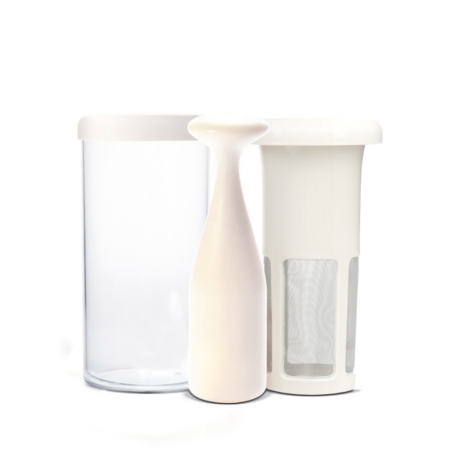
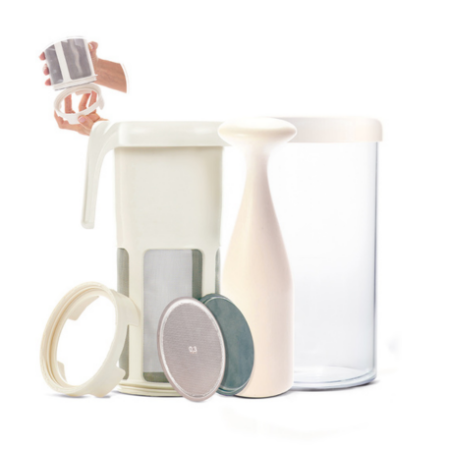
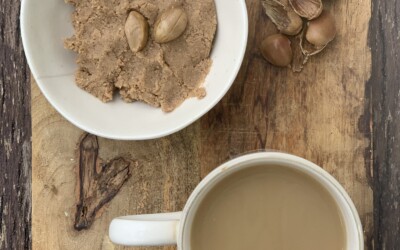
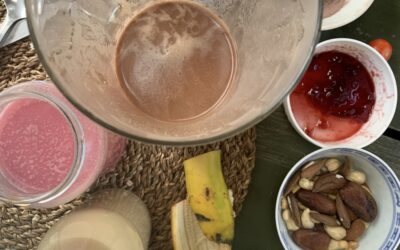

0 Comments